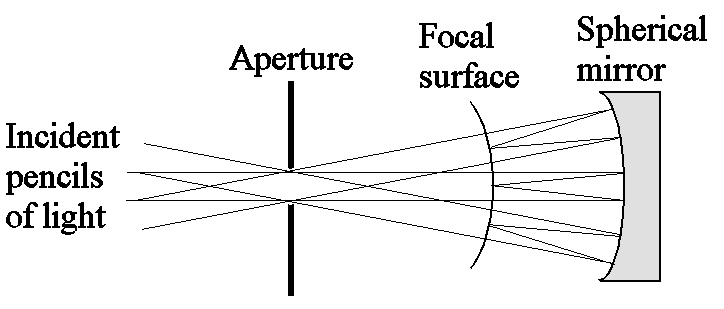

That same 50mm lens set to f/22, for example, only has an entrance pupil diameter of around 2.27mm – far smaller than the 25mm measured at f/2. As we have learned elsewhere, small apertures are indicated by a high f/number a large aperture has a small f/number. The key to understanding this aperture is to understand the concepts of. This is a precision aperture useful for daylight shooting and for precision both up close or out far. It is very different than the ghost ring. It also should now make clear why a high f-number corresponds with small aperture, and a low f-number corresponds with a wide aperture. 070 diameter hole is a wonder of old school rifle technology.
#SMALL VS BIG APERTURE MANUAL#
The reason is because, unless you’re using Manual mode, your camera will shift the values it controls (e.g., shutter speed when you’re working in Aperture Priority mode) to compensate for any brightening or darkening effects caused by your aperture changes. This explains why an f/1 aperture isn’t twice as wide as f/2, or four times as wide as f/4, eight times as wide as f/8 and so on. Also read: Small vs Big Aperture Sample Photos. Similarly, a diameter of 8.9mm will result in half of this – and plugging these figures into that first equation is why we end up with these number like f/2.8 and f/5.6. So a wide aperture is a large hole, and a narrow aperture is a small hole. In this particular lens, a diameter of 17.8mm will result in twice as much light coming through as a diameter of 12.5mm. The aperture is a hole in the lens that lets in light. And similarly, if we halve it, we won't end up with half as much either. Very simple The bigger the hole, the more light. Every lens has a limit for how big or small the aperture can get. The aperture is the size of the hole in your lens that lets light into the camera. Different apertures are referred to as f-stops, and are written like this: f/2. Aperture settings are expressed in numbers, which is how you’ll see them on your camera. The higher the f-number, the smaller the. Now, if we just increase the diameter of this entrance pupil by a factor of two, we won't end up with twice as much light coming through than before. The aperture is a small opening on the lens that controls the amount of light that gets into your camera. Changing the f-number changes the size of the aperture, changing the amount of light that passes through the lens. Or, to give it its correct term, the ‘relative’ aperture. If the focal length divided by the aperture gives us the diameter of the entrance pupil, then the focal length divided by the diameter of the entrance pupil will give us the aperture. And that, in millimetres, is the diameter of the physical opening in the lens through which light passes, otherwise known as an entrance pupil. Larger apertures let in more so its lighter. So, knowing that 'f' stands for focal length, and assuming the lens in question is a 50mm lens with a maximum aperture of f/2, what happens if we plug those figures into that equation? In respect to just exposure, smaller apertures let less light strike the image sensor so the image is darker.


 0 kommentar(er)
0 kommentar(er)
